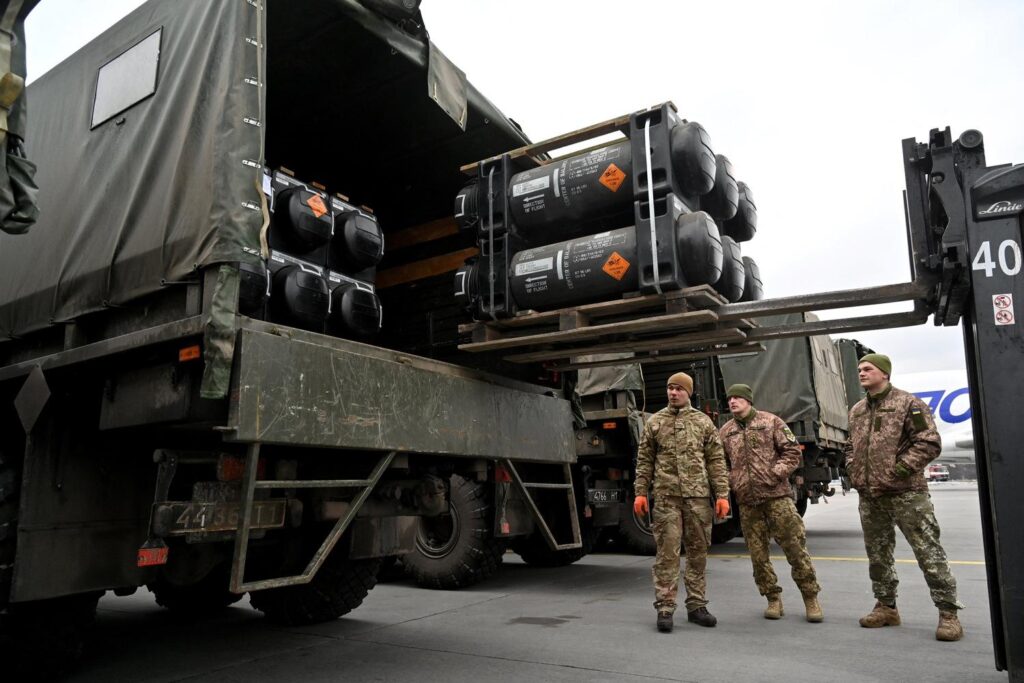In the relentless chessboard of conflict, Ukraine’s northeastern city of Kharkiv once again bore the brunt of Russia’s military aggression, as fresh missile strikes pierced the urban landscape, leaving a trail of injured civilians and shattered tranquility. The sky, once a canvas of hope, transformed into a canvas of destruction, marking another grim chapter in the ongoing war that continues to test the resilience of a nation under siege. In the early hours of the morning, a series of Russian missile strikes descended upon Kharkiv, leaving destruction and chaos in their wake. The northeastern Ukrainian city, already bearing the scars of previous attacks, once again found itself under the unrelenting assault of long-range weaponry.
Residential areas bore the brunt of the bombardment, with multiple buildings reduced to smoldering ruins. Emergency services rushed to the scene, sirens piercing the smoke-filled air as rescue workers navigated through the debris-strewn streets. Wounded civilians were quickly transported to nearby medical facilities, their injuries testament to the brutal nature of the ongoing conflict.
Local authorities reported important damage to critical infrastructure, including residential complexes, community centers, and utility networks.The strikes targeted multiple districts, creating a widespread zone of devastation that stretched across the city’s landscape.
Eyewitnesses described scenes of panic and destruction, with shattered windows, collapsed building facades, and burning vehicles marking the aftermath of the attack. The precision of the strikes suggested a deliberate targeting strategy, raising concerns about the continued escalation of military aggression in the region.
Ukrainian defense officials promptly condemned the attack, characterizing it as another attempt to terrorize civilian populations and break the spirit of resistance. Military analysts suggested the strikes might be part of a broader strategic effort to destabilize the region and undermine Ukrainian morale.
Medical personnel worked tirelessly to treat the injured, with hospitals experiencing significant pressure as they managed an influx of trauma patients.The extent of the casualties was still being assessed, with preliminary reports indicating multiple serious injuries across different age groups.Local residents, having grown accustomed to the constant threat of attacks, displayed remarkable resilience. Community support networks quickly mobilized, offering assistance to those displaced and injured by the strikes.
International monitoring organizations began documenting the incident, preparing detailed reports that could perhaps be used in future diplomatic discussions and potential war crimes investigations.
The attack on Kharkiv represents another chapter in the ongoing conflict, highlighting the persistent vulnerability of civilian populations in war-torn regions. As emergency services continue their response and investigations unfold, the community remains resolute in the face of mounting challenges.The strategic significance of Kharkiv, located near the Russian border, continues to make it a focal point of military confrontations, with each strike leaving deeper physical and psychological scars on the city’s inhabitants.









